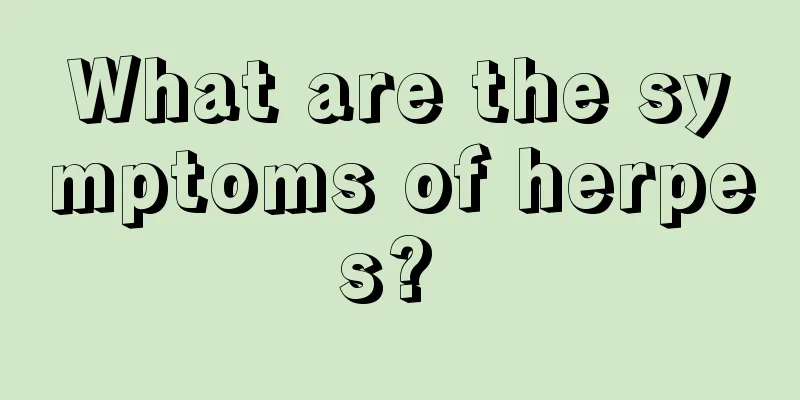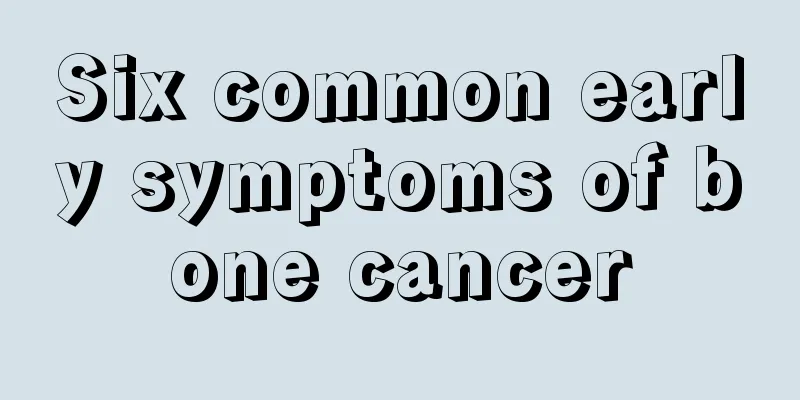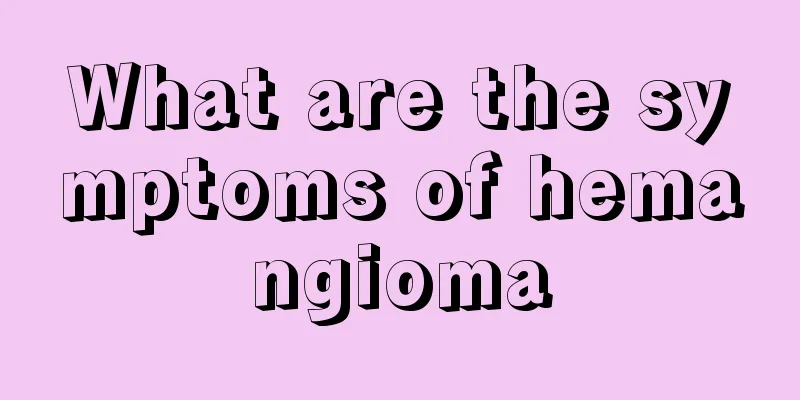What are the symptoms of herpes?

|
Shingles is a common type of herpes. Patients will experience symptoms such as tinnitus, nausea, ear pain, and fatigue. If these symptoms occur, you should seek medical attention in time, and then take the correct treatment to recover as soon as possible. 1. Incomplete herpes zoster (abortive type): There is no local rash or only erythema or papules, without typical blisters, and it disappears quickly on its own. 2. Bullous herpes zoster may cause blisters with a diameter greater than 0.5 cm, such as the size of cherries. 3. The blisters of hemorrhagic herpes zoster are bloody or form blood scabs. 4. The center of the gangrenous herpes zoster rash may be necrotic, forming a dark brown scab that is not easy to peel off and may leave scars after healing. This is more common in the elderly and malnourished patients. 5. Generalized (disseminated) herpes zoster is a serious disease with reports of death. This type is rare and takes about 1 to 10 days from local rash to systemic dissemination. Blisters are clustered and tend to fuse, which can affect the lungs, brain and other organs. It is often accompanied by high fever, headache and other symptoms of central nervous system involvement. It is more common in frail elderly people and patients with malignant lymphoma. 6. Herpes zoster ophthalmicus (ophthalmic branch of the trigeminal nerve) is more common in the elderly. It is extremely painful and can affect the cornea, conjunctiva, iris, ciliary body, sclera, etc., and even cause inflammation of the entire eyeball, resulting in blindness. Ascending infection can cause meningitis and even death. 7. Herpes zoster oticus (Ramsay Hunt syndrome) is the triad of facial paralysis, deafness, and external auditory canal herpes. VZV invades the posterior root of the geniculate ganglion, causing involvement of the facial nerve and auditory nerve. It manifests as unilateral facial paralysis, external auditory canal herpes, tympanic membrane herpes accompanied by ear pain on the affected side, tinnitus, deafness, mastoid tenderness, and taste disturbance in the anterior 1/3 of the tongue, often accompanied by symptoms such as dizziness, nausea, vomiting, and nystagmus. 8. Visceral herpes zoster is rare. VZV invades the dorsal root ganglia of the spinal nerves and causes rashes in the areas innervated by the sympathetic and parasympathetic visceral nerve fibers, gastrointestinal and urinary tract symptoms, and segmental gastroenteritis and cystitis may occur. If it invades the thorax and peritoneum, it will cause inflammation or effusion of the chest and peritoneum. |
<<: What is the treatment for postherpetic neuralgia?
>>: How much do you know about the sequelae of endophthalmostomy?
Recommend
Are antiperspirant stones harmful to the body?
Antiperspirant stones have become quite popular i...
How can I know if I have prostate cancer
Prostate cancer (PCa) is the most common malignan...
What is the venous angle?
The most common clinical disease of venous angle ...
How to identify melanoma
Melanoma is common in certain populations. The fi...
Which vegetable has the highest calcium content?
When it comes to diet, people must remember not t...
Which acupoints are better to massage for children with fever?
Children are prone to fever problems in normal ti...
What is the correct technique for essential oil massage?
There are many essential oil products on the mark...
What to do if you are allergic to dust mites
People's quality of life is constantly improv...
Can green peppers be eaten raw?
Green pepper is a common food in daily life and c...
Dull pain on the left side of the chest
The chest contains many organs and blood vessels,...
Does painless hair removal have any side effects?
Nowadays, with the continuous improvement of livi...
How to clean a silver bracelet and make it shiny
Silver bracelets are a type of jewelry that many ...
The difference between alkali powder and baking soda
Alkali powder and baking soda are actually common...
Can physical exercise prevent liver cancer?
Some people believe that people with cancer shoul...
What are the symptoms and precursors of cerebral thrombosis
Cerebral thrombosis is a type of cerebral infarct...









